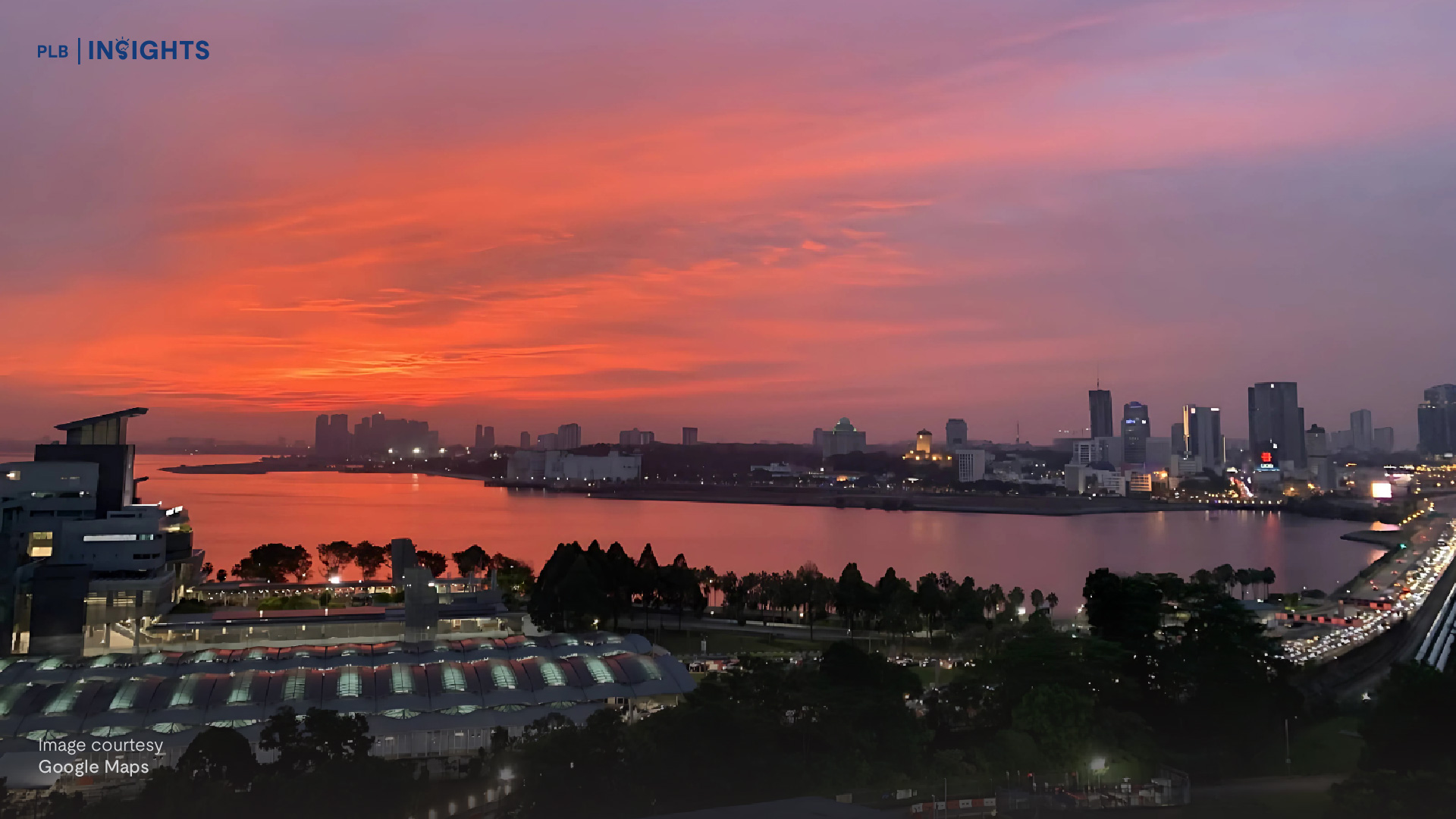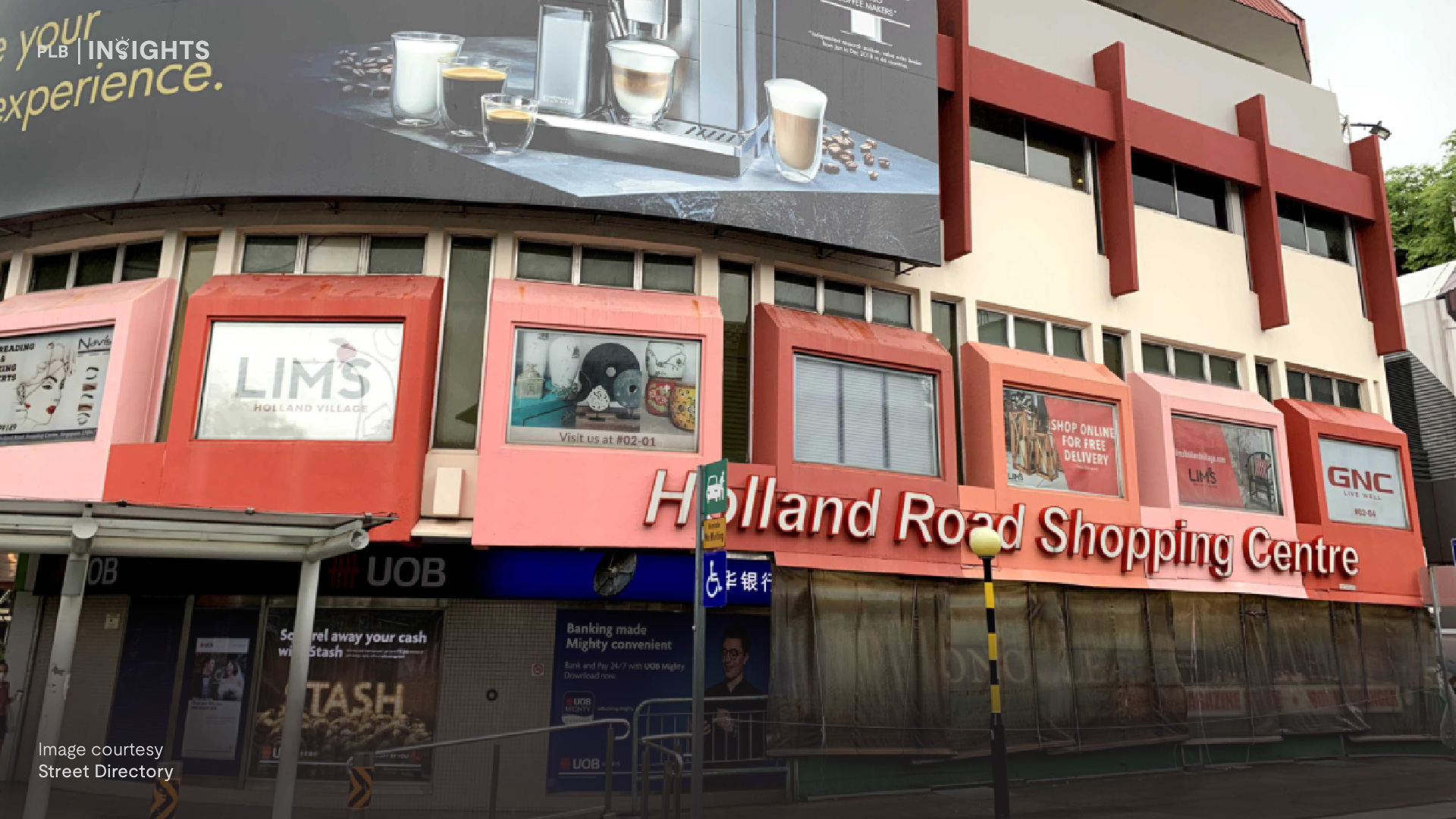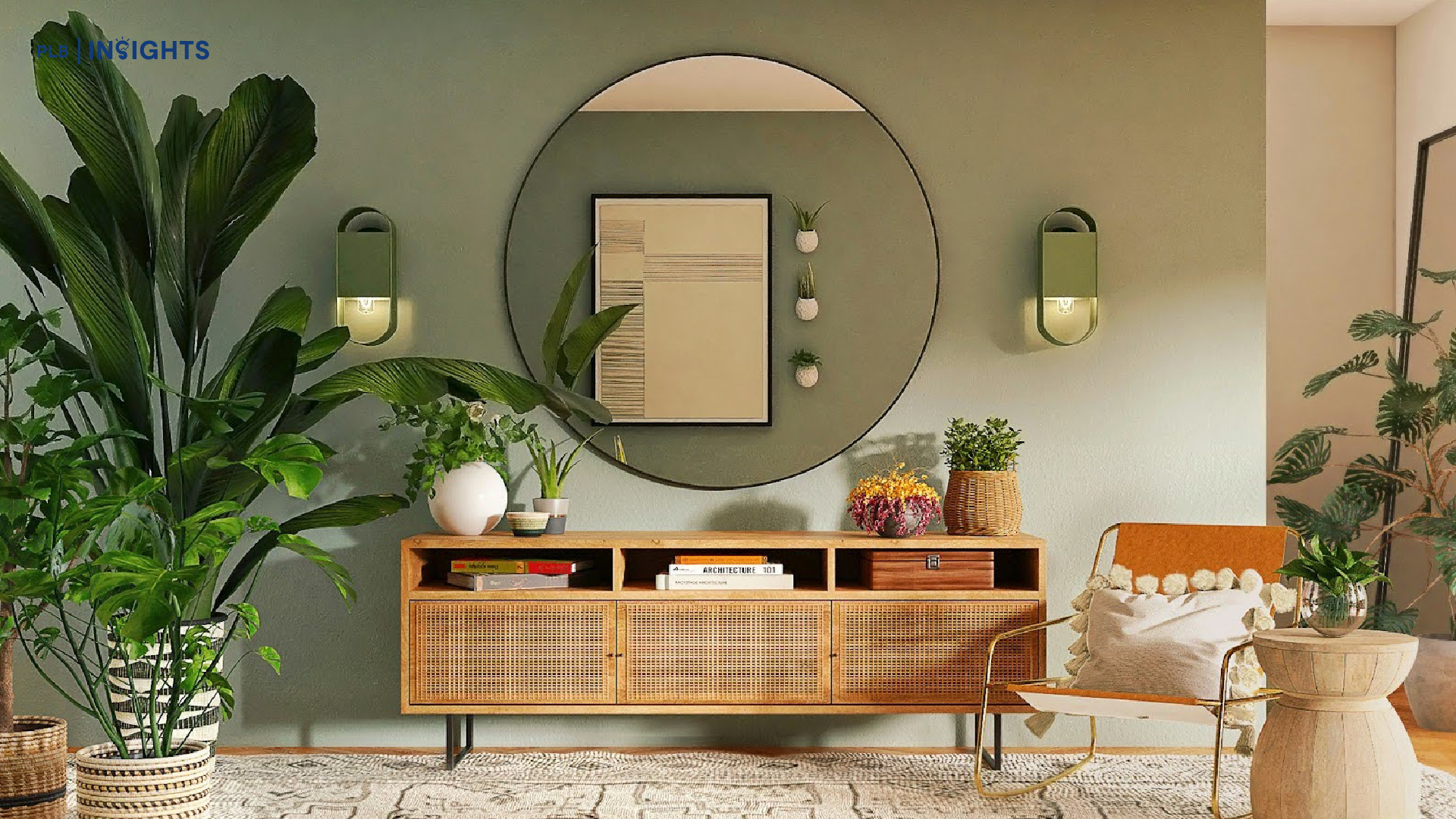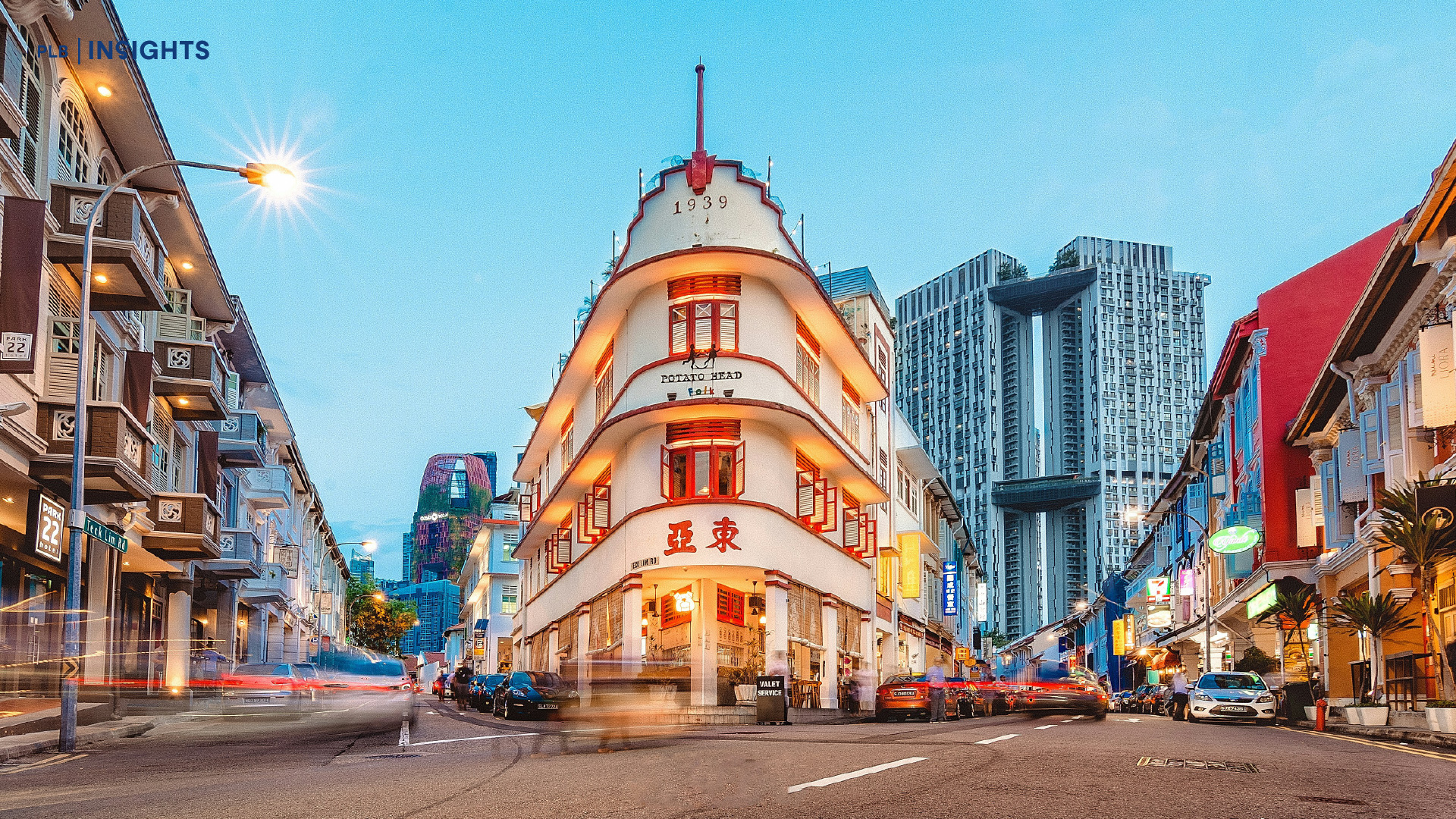Often deemed “ulu” or “far too west”, nesting at Tengah may not be homeowners’ initial choice. But as Gandalf once said, “all that is gold does not glitter” (or something does not need to shine for it to be valuable), an idiom that very aptly captures the essence of Tengah. While it is a little further from the city centre, the distance and impression of the location are slowly fading with promises of better convenience and introduction of smart technology under the URA’s Tengah Master Plan. With these exciting instalments, it becomes no wonder that the Copen Grand EC in Tengah Town was met with much popularity and sold out within one month of its launch. As more upcoming private residential sites and BTOs are being introduced to this district, Tengah’s rural image is slowly shedding to flaunt a fresh and modern town that focuses on the community and sustainability.
In this article, we will showcase Tengah beyond its “far too west” reputation and perhaps sway you into finding your perfect home in this district. As the 24th HDB town or ‘Forest Town’, Tengah will evolve into a biophilic centre that is not only sustainable but also incorporates modern technology to make living easier in this district. By the end of this decade, Tengah will no longer be isolated but rather embraced as a new town centre with better connectivity and amenities. They say good things come to those who wait, will patience be your virtue?
‘Forest Town’: Co-existing with Nature
Laced with greenery, Tengah will be developed into a nature-centric neighbourhood that is home to many species of flora and fauna inherited from Tengah Forest. In collaboration with National Parks Board (NPB), part of the forest will also be dedicated to build a 5km Forest Corridor, with paved paths for easier treks. This long trail is the newest addition to the larger network of greenery which connects Tengah to the Catchment Nature Reserve and Macritchie Reservoir Park, where the famed Treetop Walk is. The interwoven nexus of nature makes this district the perfect stay for residents who enjoy long walks surrounded by the sounds of nature.
Closer to home, HDB is also introducing greenscape to the estate itself through Plantation Farmways, where residents can grow their own food. Perhaps paying homage to Tengah’s history as a plantation site for gambier and pepper, every HDB unit will be entitled to participate in this community garden. This means that green thumbs will no longer need to vie and ballot to be assigned a grass plot, like in the current system.
However, the abundance of greens surrounding this estate is not just for residents to admire nature up-close as they also serve intrinsic purposes. First of all, these trees and plants are deliberately planted to lower the temperature of the district. Couple their transpiration with the strategic angling of HDB flats such that they trap as little heat as possible; the natural ventilation enhanced by nature and construction will circulate cooler air around your home. This means you will less likely need air conditioning and most importantly this will relieve some burdens of selecting the perfect unit, as the facing of your home (based on sun direction) is one less thing you have to worry about. Besides lowering the temperature, plants that are dense in structure will also be planted along roads to serve as an aesthetic barrier against noise. Who would have known plants could contribute so much to our sensory experience?
Connectivity amongst Greenery
All the descriptions of Tengah shrouded in green may portray the district as isolated, when in reality it is far from it. Slated to open in 2026, the upcoming MRT line (Jurong Region Line) will benefit Tengah residents through three stations (Tengah, Tengah Plantation and Tengah Park) to connect them to the larger network of MRT lines such as the East-West Line and North-South Line. Furthermore, as PIE and KJE are easily accessible from Tengah, residents will also be served by bus services going towards the city and other nearby towns. As such, Tengah residents will not be lacking in public transportation.
Even within the district itself, it isn’t too difficult to reach one end to the other without any bus or train. As a town that promotes eco-friendly modes of transport, Tengah was built to be car-free. Roads for buses and cars are tucked underground to make walking and cycling safer and away from traffic. Thus, instead of seeing lane after lane of roads, you will find an abundance of pavements and cycling tracks that connect your house straight to market places and MRT stations.
Not Lacking in Amenities
Although right now Tengah may look rather barren, with the closest shopping centres 10 minutes away at Jurong East or Bukit Batok. This is only temporary. Before Punggol was as self-sufficient as we know today, it was also once an undeveloped piece of farmland for poultry and pig-rearing activities. In less than a decade, Punggol was reinvented as Watertown with multiple malls and LRT running through different estates. With the technology we possess today, it will not be long till Tengah becomes the same self-sufficient town.
With promises of a sports hub and healthcare facilities, there are already concrete plans for Forest Town to serve other needs of its residents beyond food and shelter. Furthermore, Tengah will also be near the upcoming Jurong Innovation District (JID), an industrial area which houses the manufacturing industry, where like-minded innovators and businesses come together to develop cutting-edge products and services. This makes Tengah the perfect abode for those who work nearby and appreciate convenience. Getting to work will literally be a walk in the park, as JID intends to incorporate “picturesque pockets of green spaces“, complementing the scenes of Forest Town.
Final Thoughts
Tengah may not be the most central location but that does not mean it lacks convenience. Built around many amenities and even an industrial park, Tengah does not need to be central for its residents to enjoy a holistic lifestyle.
Lately, many housing experts have been debating over the classifications of “mature” and “non-mature”, citing it to be less relevant over time because amenities at some non-mature estates today are comparable to those in mature estates. When it comes to Tengah and even Bidadari, experts see these housing areas as “emerging estates” instead of “non-mature” for its eventual abundance of amenities despite their location. With the lines blurring between mature and non-mature estates, perhaps we will soon see a rise in the value of the area.
But for now, we hope this article has showcased the natural beauty of Tengah beyond its “far too west” reputation. Feel free to reach out to us for more information or housing inquiries, till our next trip down memory lane~















